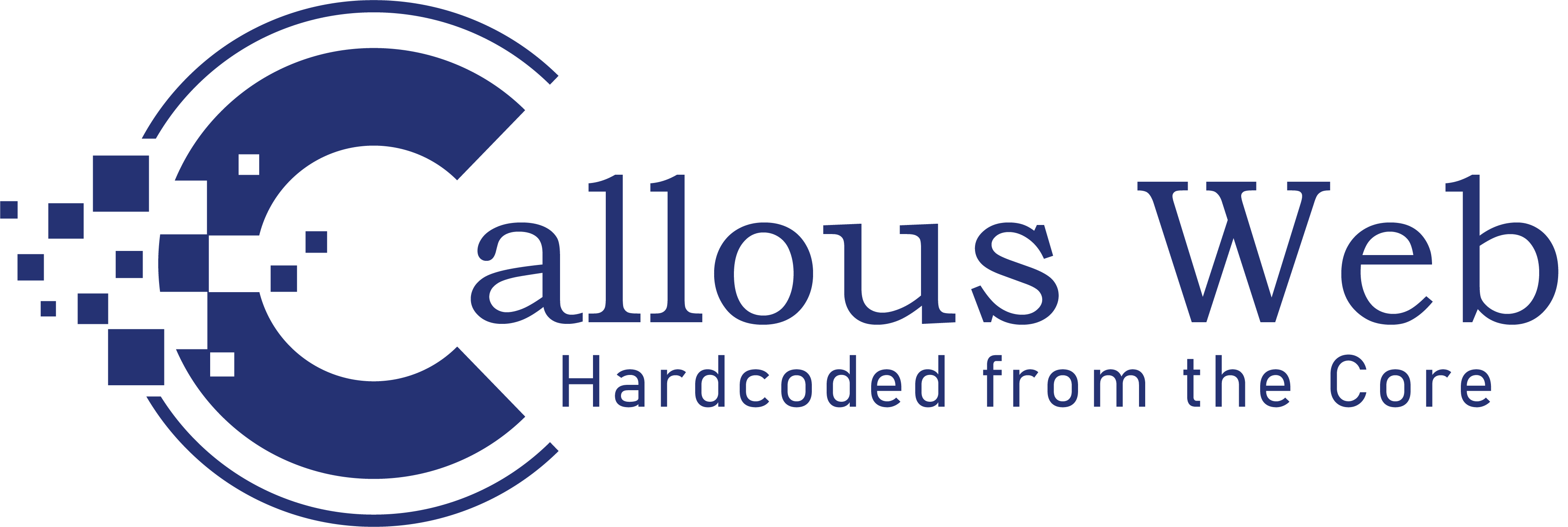Java, born from the vision of Sun Microsystems, emerged in the mid-1990s as a powerful and versatile programming language. Its hallmark lies in its “write once, run anywhere” principle, made possible by compiling Java code into bytecode, which is then executed by the Java Virtual Machine (JVM). This platform independence has made Java a cornerstone for cross-platform application development. Its rich libraries, strong typing, and object-oriented structure have been harnessed to create everything from financial systems to enterprise-level software.
In contrast, JavaScript emerged as a scripting language with a singular purpose: enhancing the interactivity of web pages. Developed by Netscape, JavaScript rapidly gained prominence due to its ability to bring dynamism to the static web. As web applications became more complex, JavaScript evolved too, and its role expanded beyond the confines of browsers. With the advent of Node.js, JavaScript found its way to the server-side, powering backend applications and enabling a unified development environment for both frontend and backend components.
These languages, despite sharing a portion of their names, cater to distinct domains in the programming world. Java’s focus on versatility, performance, and cross-platform compatibility has made it a staple in various sectors of software engineering. JavaScript, on the other hand, has revolutionized web development, turning the once-static internet into a dynamic and interactive realm.
As we delve into the realms of Java and JavaScript, it becomes apparent that they are not merely programming languages but catalysts for transformation. They have shaped how we interact with software and the web, influencing the very fabric of modern technology and human interaction with it.
| Aspect | Java | JavaScript |
| Origin | Developed by Sun Microsystems (now Oracle). | Developed by Netscape Communications. |
| Type | General-purpose, object-oriented language. | Client-side scripting language. |
| Platform | Can be used for both front-end and back-end. | Primarily used for web development. |
| Usage | Desktop applications, Android apps, servers. | Web development, adding interactivity. |
| Compilation | Compiled language (compiled into bytecode). | Interpreted language by browsers. |
| Syntax | Similar to C/C++. | Similar to C/C++ and Java. |
| Runtime Environment | Requires Java Virtual Machine (JVM). | Executes in web browsers. |
| Execution | Slower start-up due to compilation. | Quick start-up but slower execution. |
| Concurrency | Supports multithreading and concurrency. | Limited concurrency due to single thread. |
| Mobile Development | Used for Android app development. | Not typically used for mobile apps. |
| Server-Side | Used for building server applications. | Not the primary choice for servers. |
| Data Types | Strongly typed with explicit declarations. | Loosely typed with dynamic typing. |
| Inheritance | Supports class-based inheritance. | Prototype-based inheritance. |
| Libraries | Rich standard library and third-party APIs. | Varies based on the environment. |
| Error Handling | Uses try-catch blocks for exceptions. | Uses try-catch blocks for exceptions. |
| Memory Management | Requires manual memory management. | Automatic memory management (garbage col.) |
| Scoping | Block-level scoping (classes, methods). | Function-level scoping. |
| Threading | Rich threading and concurrency features. | Limited threading due to single thread. |
| Package Management | Uses JAR files and build tools like Maven. | Uses npm (Node Package Manager). |
| Community Support | Established community and extensive docs. | Large open-source community. |
| Browser Interaction | Not directly used for browser scripting. | Primarily used for browser scripting. |
| DOM Manipulation | Not directly related to Document Object Model. | Essential for DOM manipulation. |
| Frameworks | Java has various frameworks for different needs. | JavaScript has numerous frameworks. |
| Asynchronous | Lacks built-in asynchronous programming. | Supports asynchronous programming. |
| Callback Hell | Not as prone to callback hell. | Can lead to callback hell if not managed. |
| Dynamic Features | Less dynamic, more statically typed. | Highly dynamic with loose typing. |
| Memory Usage | Typically consumes more memory. | Consumes less memory. |
| Community Trends | Stable enterprise solutions and Android apps. | Rapid web development and innovation. |
| Ease of Learning | Can have a steeper learning curve. | Relatively easier for beginners. |
| Application Range | Versatile, used in a wider range of domains. | Concentrated in web-related tasks. |
| Frameworks & Libraries | Offers enterprise-level frameworks. | Has a wide range of web frameworks. |
| Use in Browsers | Not natively supported in browsers. | Intrinsic part of web browser behavior. |
| Language Compatibility | Not related to Java compatibility. | Named “Java” for marketing purposes. |
| Server-Side Rendering | Used in server-side rendering applications. | Not commonly used for SSR. |
| Deployment | Requires Java runtime environment. | Deployed within web browsers. |





